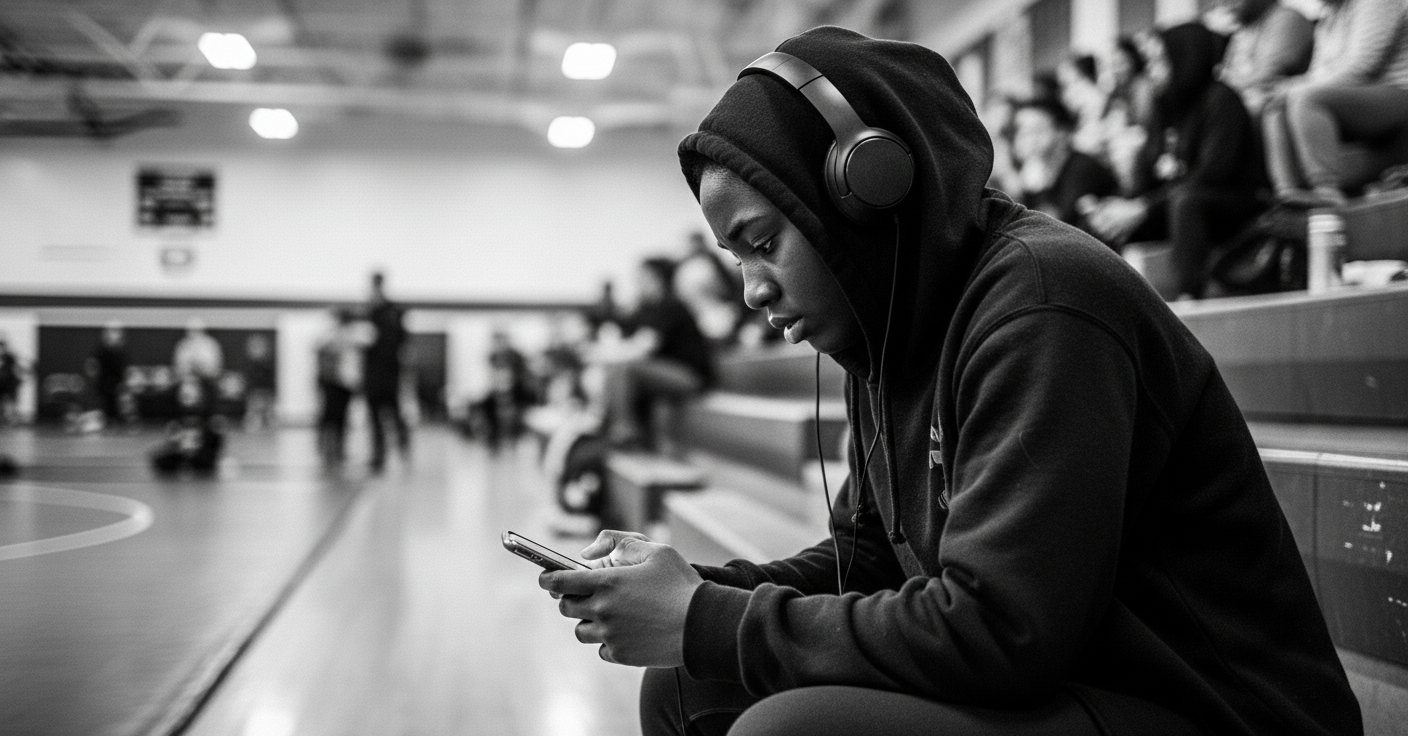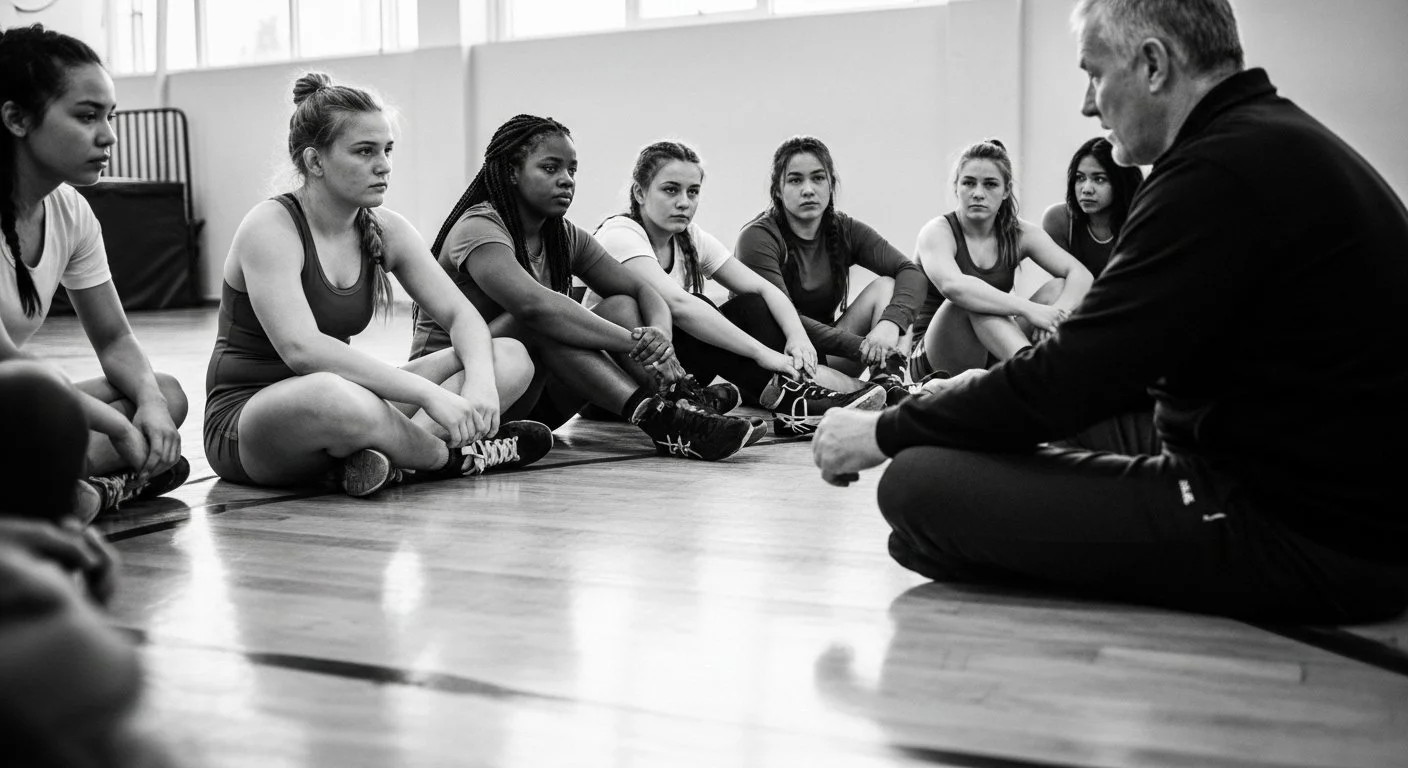Analysis: The Dominance of Team Japan at the 2024 Olympics
The Art and Science Behind Japan's Wrestling Dominance at the 2024 Olympics
Japan’s exceptional performance in wrestling at the 2024 Olympics is the culmination of years of technical refinement, innovative strategies, and a deep-rooted culture that understands training at the highest levels of combat sport. With 11 medals, including 8 golds, Japan's wrestling team shattered expectations. However, for those of us in women’s wrestling, this dominance is nothing new. Within Team USA Women’s wrestling rooms, we have been studying Japan's style and approach for decades. This year’s Olympic success, particularly on the men’s side, has piqued interest from a broader audience. However, Japan’s achievements have long been a benchmark in the wrestling world. Let’s discuss how they’ve become so dominant.
Mastery in Position: The Secret to Success
One of the standout features of Japanese wrestling is their mastery of positioning, a crucial aspect of their overall strategy. Positioning includes multiple elements: stance height, head position, distance from opponent, hand fight, foot work, pressure forward, etc. Great position leads to a wrestler quickly moving in and out of dangerous or advantageous positions, and it should increase your reaction time. Many believe the root of Japan’s success lies in their handfighting. However, this is only one part of the equation. Unlike American wrestlers, close ties are not their preference, and their ability to keep their opponents at a distance creates their dangerous unpredictability. Japanese wrestlers excel at creating opportunities through mid-range tie-ups, where they employ a blend of wrist control, fakes, and lateral movement. This strategy disrupts the opponent’s rhythm and opens up opportunities for single-leg attacks by making it harder to anticipate movement at mid-range.
Pay attention to Akari Fujinami, who continued her dominance in the 2024 Games. Fujinami’s style is characterized by her ability to seamlessly transition between attacks and reattacks, a skill that takes intentional training to master and a hallmark of Japan’s approach to position. By constantly engaging and disengaging from her opponents’ ties, Fujinami keeps opponents on the defensive. Once her opponents over reach or attempt an attack from too much distance, she capitalizes with a reattack, often leading to quick takedowns. This ability to keep the opponent guessing and capitalizing on every mistake is what sets her apart.
During my training experience in Japan in 2019 at Nippon Sports Science University, I witnessed firsthand the intensity and volume of training that these athletes undergo. For 20 days, I trained alongside the university team and had the opportunity to observe Kaori Icho, who was preparing to qualify for 2020 Olympics while serving as the assistant coach. The training regimen was grueling: five days on, one days off, with daily 2.5-hour wrestling sessions and three live matches per practice. Every session wrapped up with intense conditioning, focusing on upper body strength through rope climbs, pull-ups, and partner bodyweight rows. Hip and leg strength were emphasized daily with many variations of wide-leg squats. Despite the tough structure, the athletes kept a positive spirit, often smiling and laughing as they pushed themselves. For me, it was a bit of a culture shock, coming from an American mindset where showing any emotion was seen as a weakness. But after training with them, my perspective has completely changed.
Psychological Pressure and Keeping Opponents Guessing
Japanese wrestlers are not just physically dominant; they excel in the mental aspects of the sport as well. Their style of wrestling creates a unique type of pressure that keeps opponents constantly guessing. This is achieved through continuous movement, frequent feints, and subtle adjustments in tie-ups. The result is a form of pressure that is both physical and psychological, wearing down an opponent’s defenses and dulling their reaction times.
Rei Higuchi’s matches at the 2024 Olympics were a masterclass in this approach. His constant motion and strategic feints created an environment where his opponents were left reacting rather than initiating. This psychological edge is a key factor in Japan’s wrestling dominance, allowing their athletes to control the pace of the match and capitalize on their opponents’ mistakes.
Cultural Impact and Training Philosophy
The cultural backdrop in Japan has always placed a strong emphasis on discipline, respect, and perseverance—values that are deeply ingrained in athletes from a young age. These principles shape the approach to training and competition, creating an environment where every athlete participates at maximum capacity. This cultural mindset has been the cornerstone of Japan’s sustained success, particularly in women’s wrestling, where the nation has been a dominant force since the inception of the women’s World Championships in 1987.
How Japanese Training Shaped My Wrestling
In addition to training at NSSU, I’ve had the chance to work with top Japanese coaches like Tadaaki Hatta and Seiko Yamamoto. With Coach Yamamoto, we focused a lot on maintaining strong position and building the strength to hold it for six minutes. This was achieved through wrestling specific drills, conditioning, and transferring the skills to drilling and live. I focused intensely on maintaining strong position to apply the right physical and mental pressure on my opponents, helping me stay one step ahead. It was tough, especially with my long frame, but she helped me develop my own style once I got past my "wobbly baby deer" phase. When I did not have Coach Yamamoto’s help, I supplemented through watching video of wrestlers in great position, taking notes of how they achieved their accuracy and speed.
Unlocking Japan’s Wrestling Craft: Innovation Through Film Study
Some might say Japan’s dominance over the past 20 years is like a speeding train that’s nowhere near slowing down—and that they’re just getting started when it comes to ruling in all styles and age groups. But we too can become innovative. It all begins with understanding your opponent’s style, especially when that style reflects the core training philosophy of an entire country. By studying film, I have learned to become highly attuned to the patterns of an entire country’s style, as well as the subtle nuances of individual athletes. It was helped with my growth and understanding of the sport of wrestling, and has allowed me to coach my athletes at a high level.
I teach this acquired skill to my athletes, and I created a way to share it with the world. It’s called The Replay Advantage—a first-of-it’s-kind video review course that teaches you how to analyze your own matches and study your opponents like a pro. Video review is such a game-changer because it helps you spot the little details that can make all the difference in a match. In the course, I break down techniques from some of the best in the world, like Saori Yoshida’s unstoppable single-leg attack. She dominated with it for years—until Helen Maroulis came along and figured out how to counter it at the 2016 Olympics. I’ll show you how Helen stayed in position, stopped Yoshida’s advances, and created her own chances to score, something almost no one else could do.
Improvement in wrestling comes at the in-between times of training, competition, and rest. Athletes- what are you doing with your time outside of practice? For coaches and parents, you can best serve your athlete(s) by improving your wrestling IQ. This happens when you have a system for understanding, analyzing, and critiquing the sport of wrestling. The Replay Advantage teaches you exactly how to systemize your video review strategy so you can break down every match with precision. This course is essential because without a solid review process, you're missing out on critical insights that could be the difference between winning and losing. If you're serious about helping your athlete—or yourself—reach the next level, you can't afford to skip learning this skill. Video review isn't just a tool; it’s a game-changing advantage that separates the good from the great.
Final Thoughts: Sustaining Excellence
Japan’s dominance in wrestling, particularly at the 2024 Olympics, is rooted in their unmatched skill, precision, and dedication to the craft. Their success isn’t just about physical strength—it’s about understanding the fine details of technique, positioning, and strategy. One of the best ways we can learn from Japan’s approach is through video review. By carefully studying their matches, we can break down the patterns and nuances that have made them so successful and apply them to our own wrestling. With Japan constantly refining its wrestling approach, our challenge will be to evolve American wrestling to reach new heights.
You may also be interested in…





